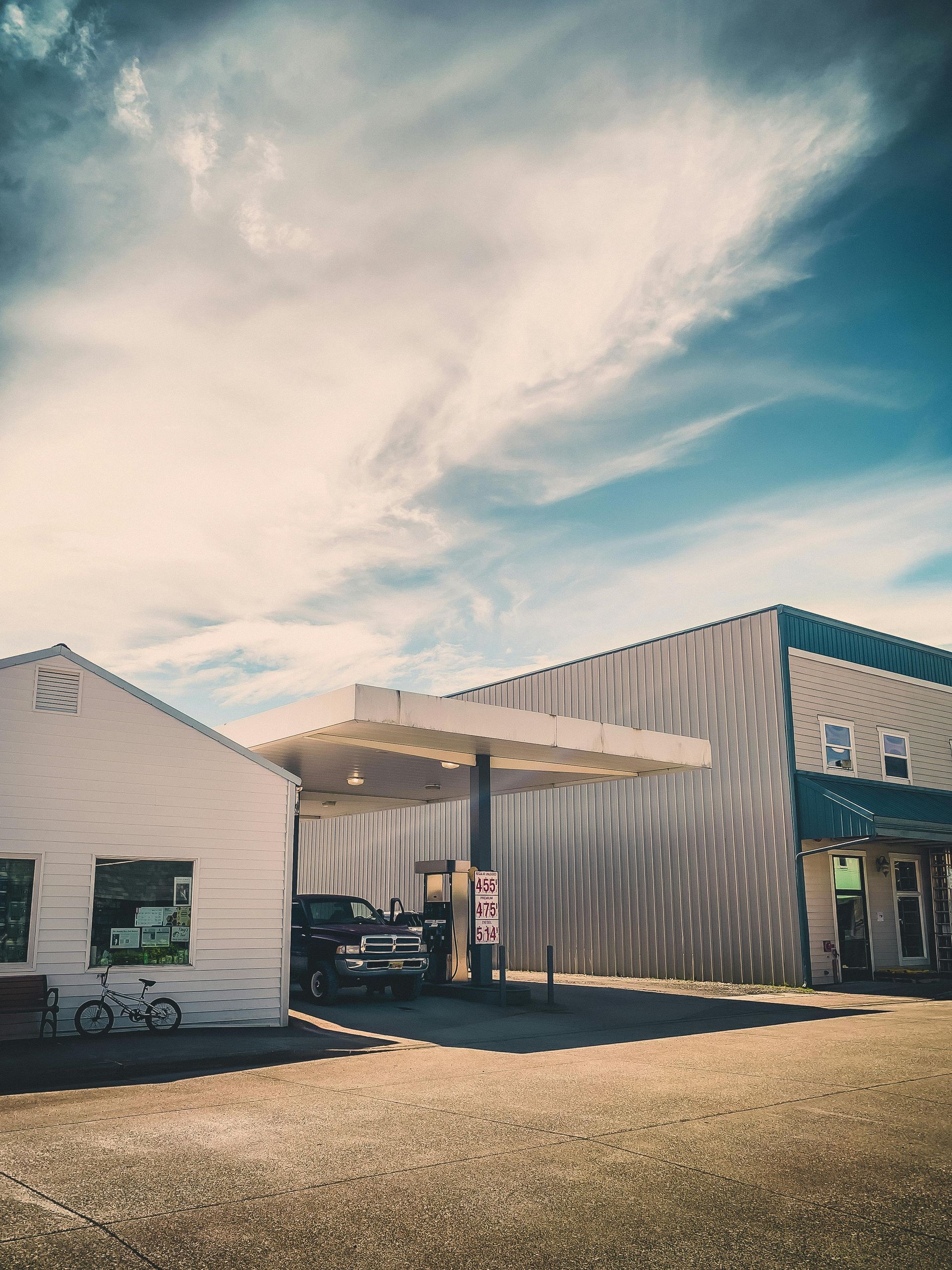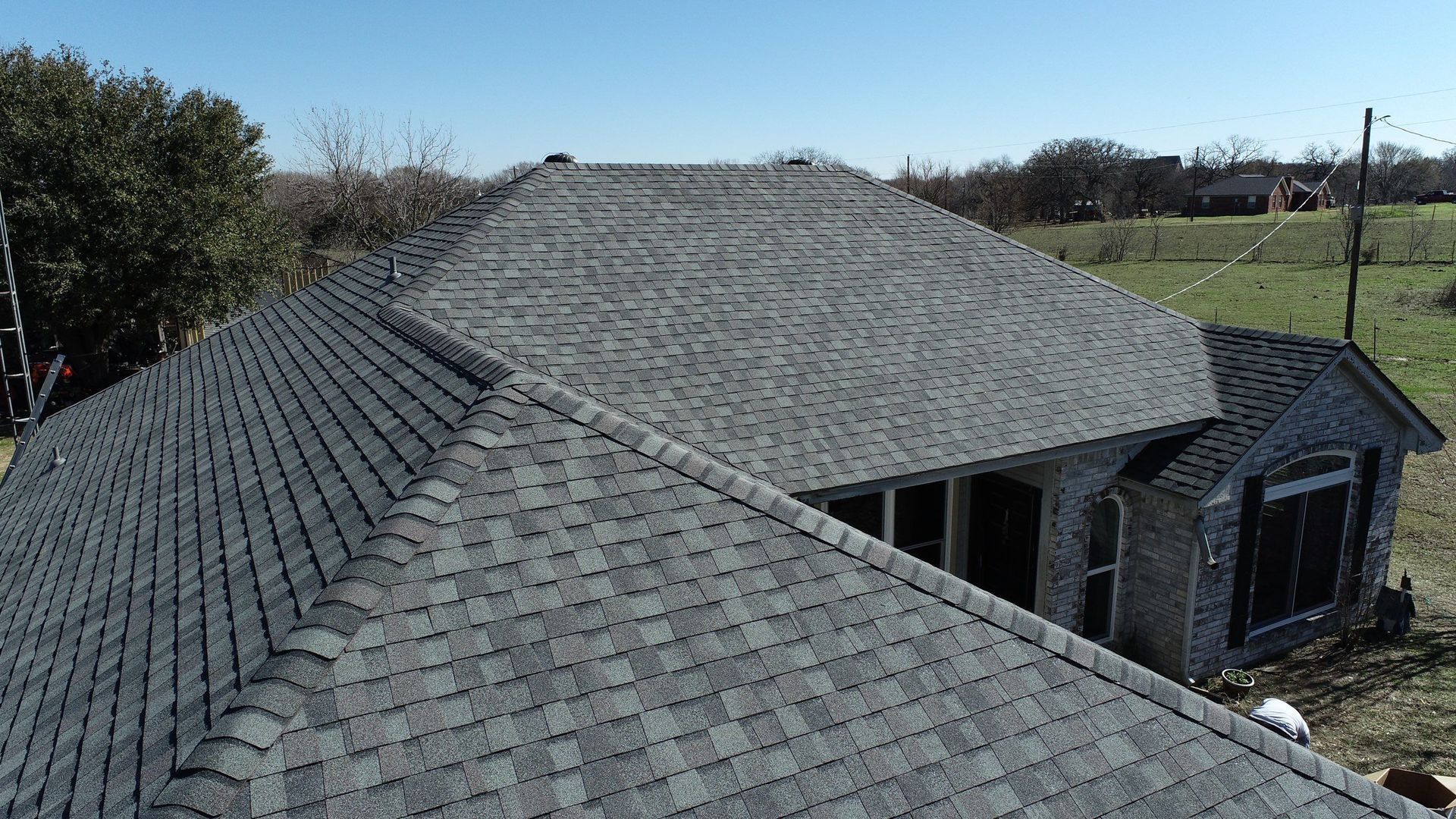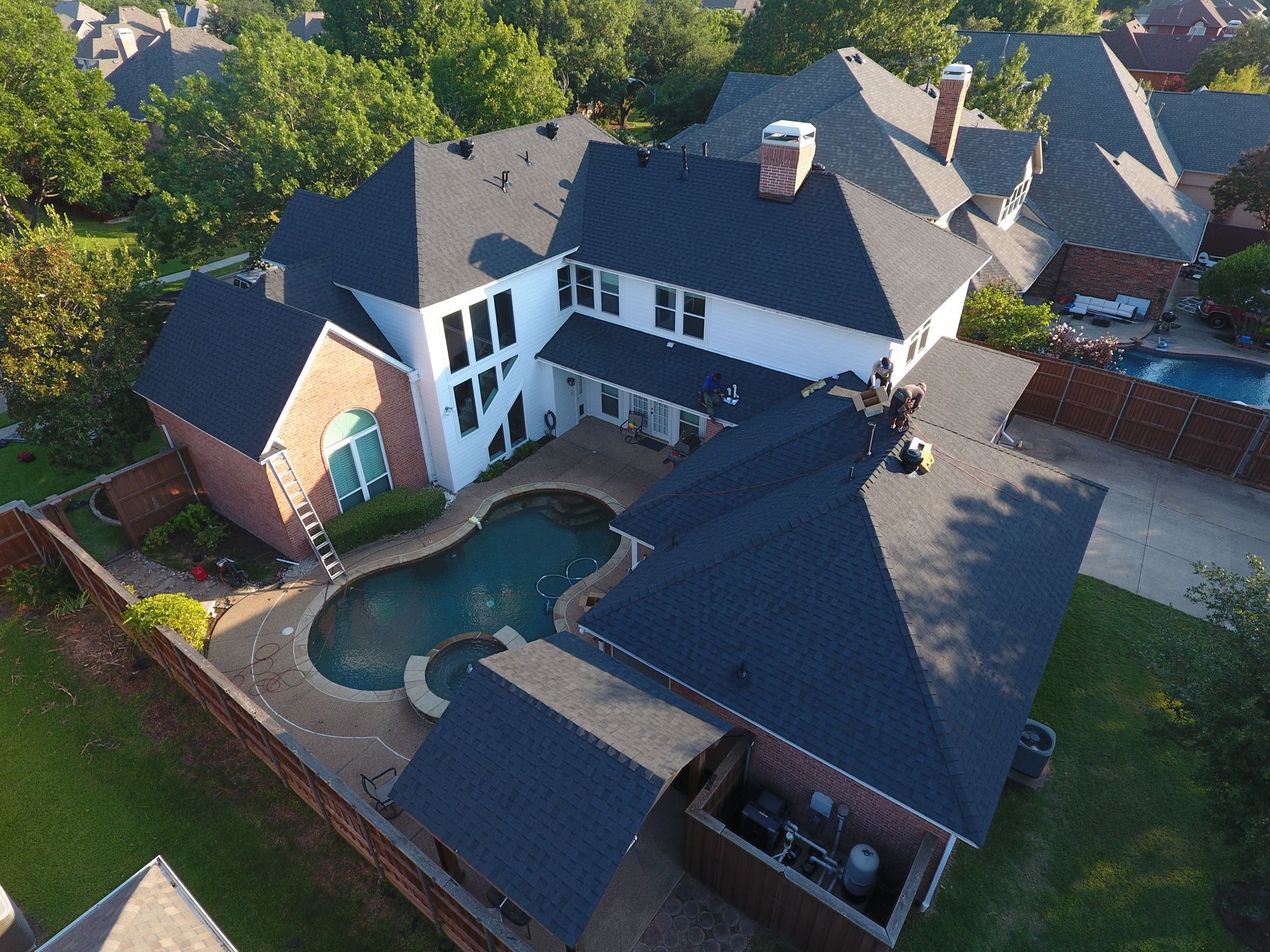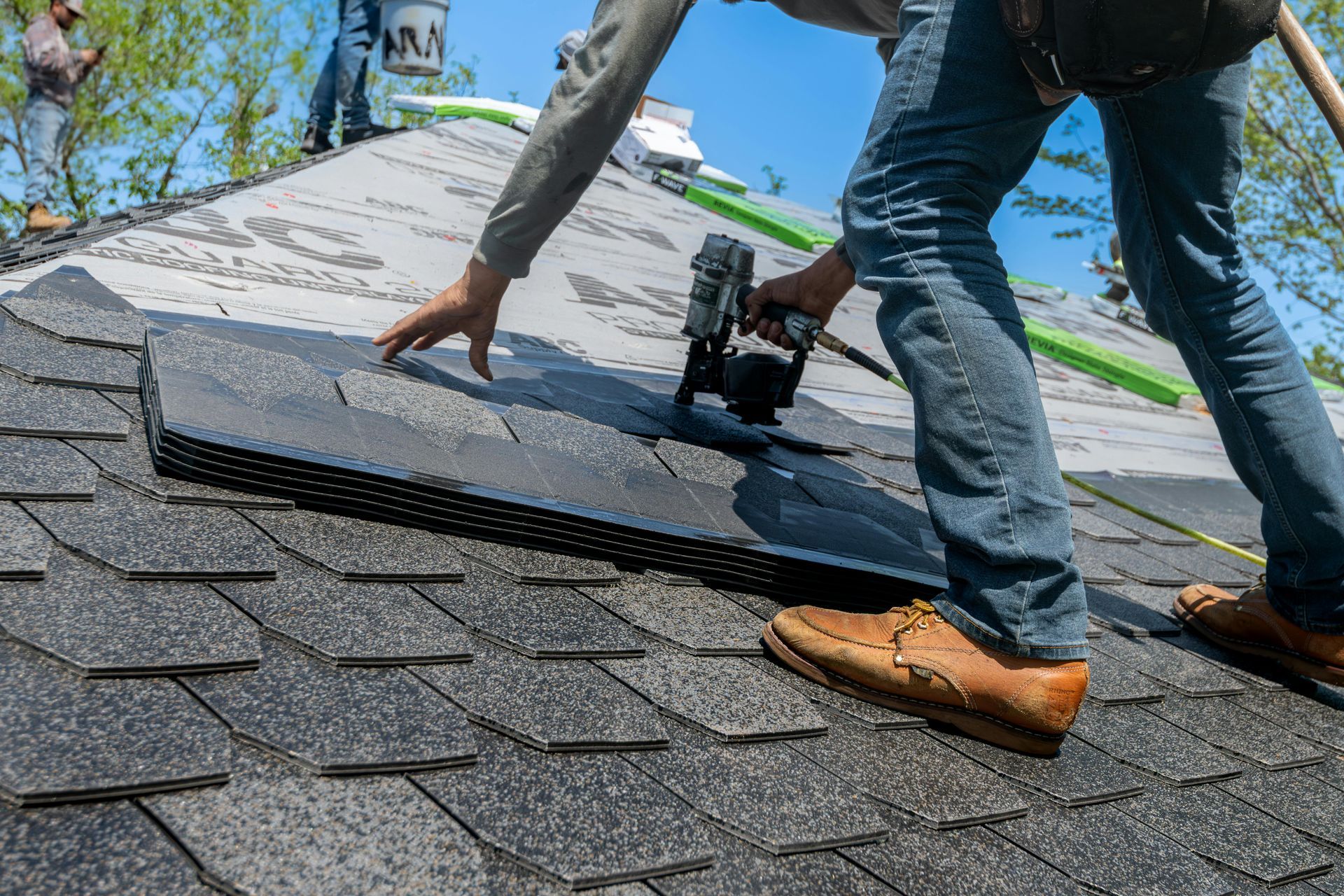Preparing Your Roof for Summer in Central Texas: Maintenance Tips to Beat the Heat
Texas summers bring scorching heat, intense sun exposure, and sudden storms that can wreak
havoc on your home—especially your roof. These extreme weather conditions can cause
significant wear and tear, leading to leaks, structural damage, and costly repairs.
That’s why preparing your roof for summer isn’t just a smart move—it’s essential. Routine
maintenance helps protect your home, extend the life of your roof, and improve energy
efficiency.

In Central Texas, prolonged exposure to high temperatures can cause thermal expansion and
contraction of roofing materials. This repeated movement puts stress on shingles, tiles, and
metal components—especially on older roofs—leading to:
- Cracks in roofing materials
- Separation at seams and flashing points
- Curling or blistering shingles
- Water infiltration and leaks
Over time, these issues can shorten the lifespan of your roof and lead to costly damage inside
your home. Summer prep is key to avoiding surprises.
1. Schedule a Professional Roof Inspection
During the summer, roof inspections focus on issues caused by heat, humidity, and storm
exposure. Swift Roofing’s experts identify signs of aging and damage before they turn into major problems, including:
- Cracked or blistered shingles
- Weak flashing around vents and chimneys
- Early signs of moisture buildup
2. Clean Gutters and Downspouts
Proper drainage is critical in summer storms. Clogged gutters can cause water to back up onto
the roof or pool near your home’s foundation—leading to erosion, mold, and even structural
damage. Ensure downspouts are clear and direct water away from the property.
3. Check for Loose or Damaged Shingles
Look for common warning signs like:
- Granule loss
- Missing or curled shingles
- Discoloration or bruising
- Cracked flashing or ceiling stains
If you notice any of these, call a professional roofer, like Swift Roofing, for a thorough evaluation.
4. Evaluate Roof Ventilation
Good ventilation is essential in hot climates. It:
- Regulates attic temperature
- Reduces humidity buildup
- Supports your HVAC system’s efficiency
- Prevents premature damage to roofing and insulation
Poor airflow can trap heat and moisture, leading to mold, rot, and higher energy bills.
5. Trim Overhanging Trees
While tree shade helps reduce roof temps, overhanging branches can cause:
- Scratches and dents in roofing materials
- Gutter clogs from falling leaves and debris
- Structural damage from falling limbs
- Contact with power lines (a major hazard)
Routine trimming minimizes these risks while still allowing you to enjoy the benefits of shade.
6. Inspect Flashing and Seals
Flashing protects the vulnerable areas around chimneys, skylights, and vents. Check for:
- Cracks, rust, or gaps
- Loose or lifted shingles nearby
- Water stains or sagging in those areas
These spots are common entry points for leaks during summer storms. Addressing small
flashing issues early can prevent major water damage later.
7. Consider Reflective Coatings or Cool Roof Options
Cool roofs and reflective coatings reduce solar heat absorption, improving indoor comfort and
lowering energy costs. Popular options include:
- Reflective coatings for existing roofs
- Cool asphalt shingles with sun-reflective properties
- Metal or SPF (Spray Polyurethane Foam) roofs
- Clay and concrete tiles in light colors
Roof slope, color, and shading all influence performance—but even small changes can yield big
energy savings in Texas heat.
Is Restoration Considered an Emergency Roof Repair?
Pairing roof maintenance with attic insulation upgrades can dramatically improve comfort and
efficiency:
- Lower indoor temperatures by blocking heat transfer
- Reduce HVAC strain, lowering cooling bills by up to 20%
- Prevent moisture buildup that can cause mold and rot
- Improve indoor air quality by sealing out allergens and pollutants
When to Call a Professional
Don’t wait for a leak to act. Call in a professional if you notice:
- Missing, cracked, or curling shingles
- Sagging rooflines
- Water stains on ceilings or walls
- Excess granules in gutters
- Damaged or missing flashing
- Signs of mold, moisture, or rot
- Clogged gutters after storms
Why Schedule Seasonal Inspections?
- Prevent costly repairs by catching issues early
- Extend your roof’s lifespan
- Protect home value
- Ensure storm readiness
Best Times to Schedule a Roof Inspection:
- Annually – as preventive maintenance
- After major storms – to assess potential damage
- When you spot red flags – even small signs can signal big problems
The Texas summer is tough on roofs—but with proactive maintenance, you can prevent
damage, reduce energy bills, and protect your home.
Contact Swift Roofing & Designs today for a summer roof inspection and a customized
maintenance plan that keeps your home cool, safe, and storm-ready
Request a Roofing Quote
Blog Form
We will get back to you as soon as possible.
Please try again later.
More Posts Like This:
Choose Swift Roofing & Designs for Top Quality Roofing
Need a reliable roofer? We've helped countless clients protect their homes while saving time and money, and we’re ready to help you next.










